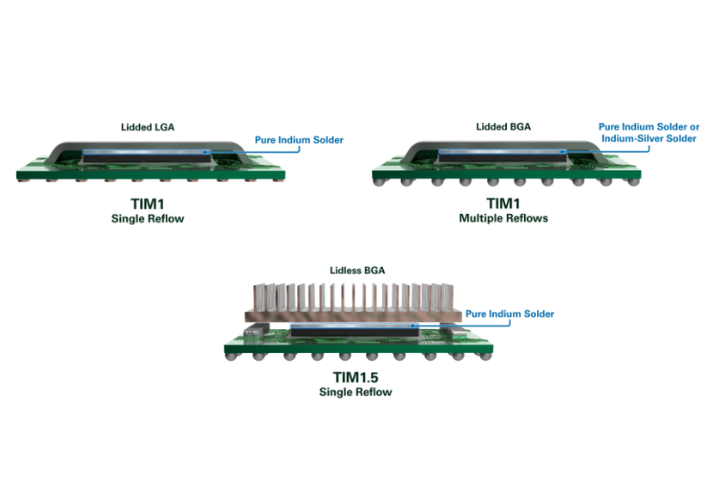When the wave soldering machine was developed, the early flux application method was the same as the solder application method – a wave. While this technique is not common these days, it still finds some use. So, let’s discuss it.
First, how it works: The mechanism consists of a container, a pump, and a nozzle (to create the flux wave effect) – just like a solder wave mechanism. The bottom of the PCB is passed over the wave and coated with a thin layer of flux. This ensures that components on the top remain flux-free.This image shows shows the top view of a wave fluxer, with an air knife attached.
In this design, the air knife is essential because the wave fluxer emits a large amount of flux. The air knife helps contain excess flux. If excess flux were to drip from the fluxed PCBs into the machine, it would create a hard-to-clean mess. In addition, the air knife prevents excess flux from dripping onto the preheaters. Some fluxes are volatile and could cause fires within the machine. A mesh above the fluxer decreases chances of any wave defects, such as ripples, and ensures even flux distribution.
The benefits to having a wave fluxer are:
- The flux doesn’t need any foaming agents
- It is possible to flux boards that have long leads or pins (through-hole)
- The bottom of the board will be coated in a continuous layer of flux
- It can create a head that is significantly deeper than that of a foam fluxer
- Flux contamination will not affect the amount of flux applied to the bottom of the board
When the foam fluxer malfunctions, it is relatively easy to detect, due to the foam head state. But, with a wave fluxer, it is nearly impossible to visually determine if conditions are out of specified tolerances. Constant monitoring is required.
Next week I will be talking about Spray Fluxers.
*This is the second of six sections of Fluxers, a mini series part of the larger series entitled Wave Soldering (A Segmented Synopsis).



